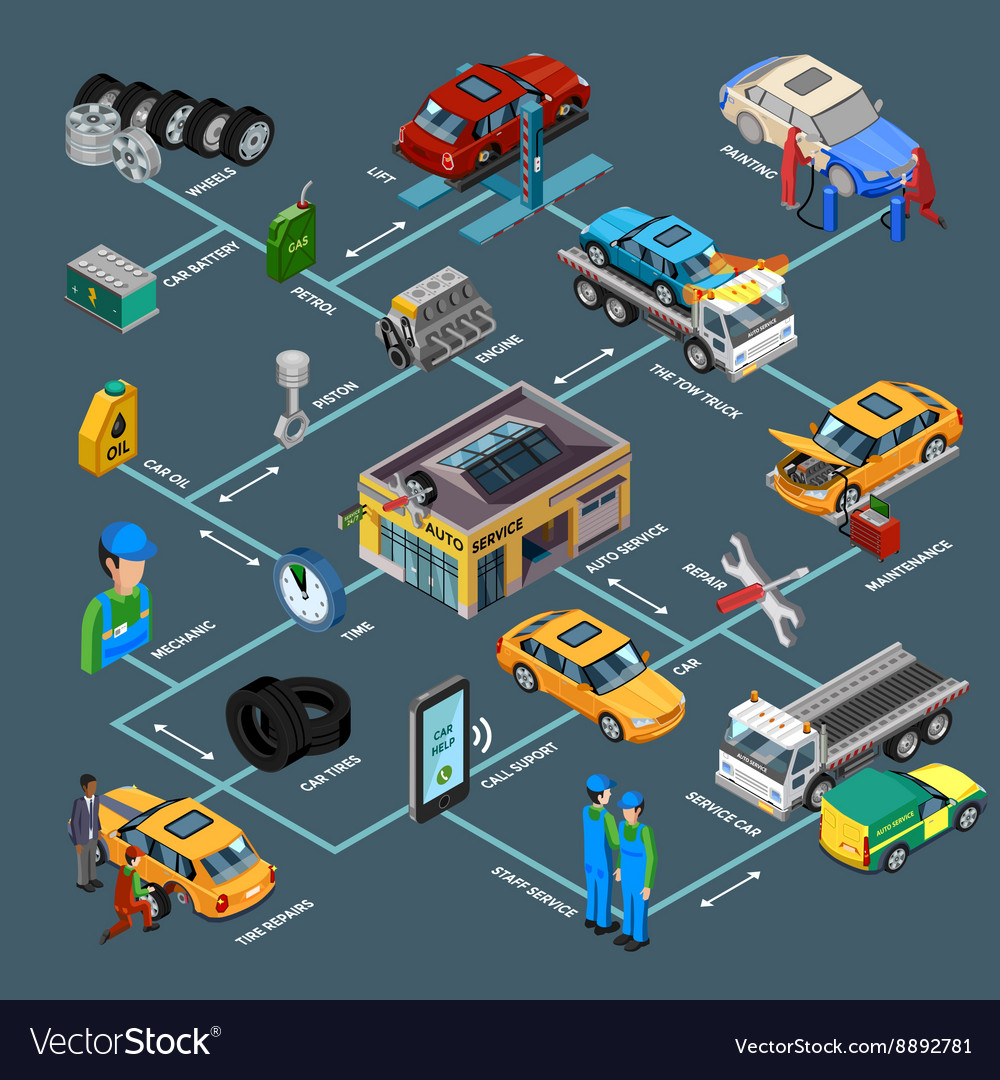Wondering Regarding The Significance Behind Those Dashboard Caution Lights? Gain Understandings Into Their Ramifications For Your Automobile'S Security And Upkeep
Wondering Regarding The Significance Behind Those Dashboard Caution Lights? Gain Understandings Into Their Ramifications For Your Automobile'S Security And Upkeep
Blog Article
Writer-Lauritsen Corbett
When you're behind the wheel, those glowing warning lights on your control panel can be a bit difficult. Do you understand what they're attempting to tell you concerning your car's wellness? Recognizing view website of these lights is vital for your safety and the long life of your vehicle. So, the following time one of those lights pops up, wouldn't you want to understand its message precisely and take the needed actions to address it?
Common Warning Lighting and Interpretations
Identify usual warning lights in your auto and understand their meanings to make certain risk-free driving.
The most normal warning lights consist of the check engine light, which signals concerns with the engine or emissions system. If this light begins, it's vital to have your automobile checked immediately.
The oil stress warning light indicates reduced oil stress, requiring prompt interest to stop engine damages.
A blinking battery light might suggest a faulty charging system, possibly leaving you stranded if not attended to.
The tire stress surveillance system (TPMS) light signals you to low tire stress, impacting automobile security and fuel performance. Ignoring this could cause hazardous driving problems.
The ABS light shows a trouble with the anti-lock braking system, compromising your capacity to stop promptly in emergencies.
Lastly, the coolant temperature warning light warns of engine overheating, which can result in serious damage otherwise dealt with swiftly.
Comprehending hand wash car wash will help you address problems immediately and maintain safe driving conditions.
Significance of Prompt Attention
Recognizing the typical warning lights in your automobile is only the primary step; the relevance of quickly dealing with these warnings can't be highlighted sufficient to ensure your safety and security when traveling.
When a warning light brightens on your dashboard, it's your automobile's means of connecting a potential issue that needs interest. Overlooking these cautions can result in much more serious troubles later on, jeopardizing your security and possibly costing you more out of commission.
Trigger attention to cautioning lights can stop breakdowns and crashes. For instance, a blinking check engine light can suggest a misfire that, if left unattended, might cause damages to the catalytic converter. Addressing this promptly can save you from an expensive repair work.
In a similar way, a brake system alerting light could indicate low brake liquid or used brake pads, crucial elements for your safety when driving.
DIY Troubleshooting Tips
If you observe a caution light on your dashboard, there are a couple of do it yourself troubleshooting ideas you can attempt before looking for expert aid.
The very first step is to consult your auto's handbook to comprehend what the details warning light shows. Often the problem can be as easy as a loose gas cap causing the check engine light. Tightening up the gas cap might fix the problem.
An additional typical concern is a reduced battery, which can cause various warning lights. Examining the battery links for deterioration and ensuring they're protected might repair the trouble.
If a warning light lingers, you can attempt resetting it by detaching the auto's battery for a few mins and after that reconnecting it. Additionally, checking your car's fluid levels, such as oil, coolant, and brake liquid, can aid troubleshoot alerting lights associated with these systems.
Conclusion
In conclusion, comprehending your car's warning lights is important for maintaining your vehicle running smoothly and securely. By promptly dealing with these alerts and understanding what they mean, you can prevent pricey repair services and potential failures.
Keep in mind to consult your vehicle's guidebook for certain details on each alerting light and do something about it appropriately to make certain a trouble-free driving experience.
Stay educated, stay secure on the road!
